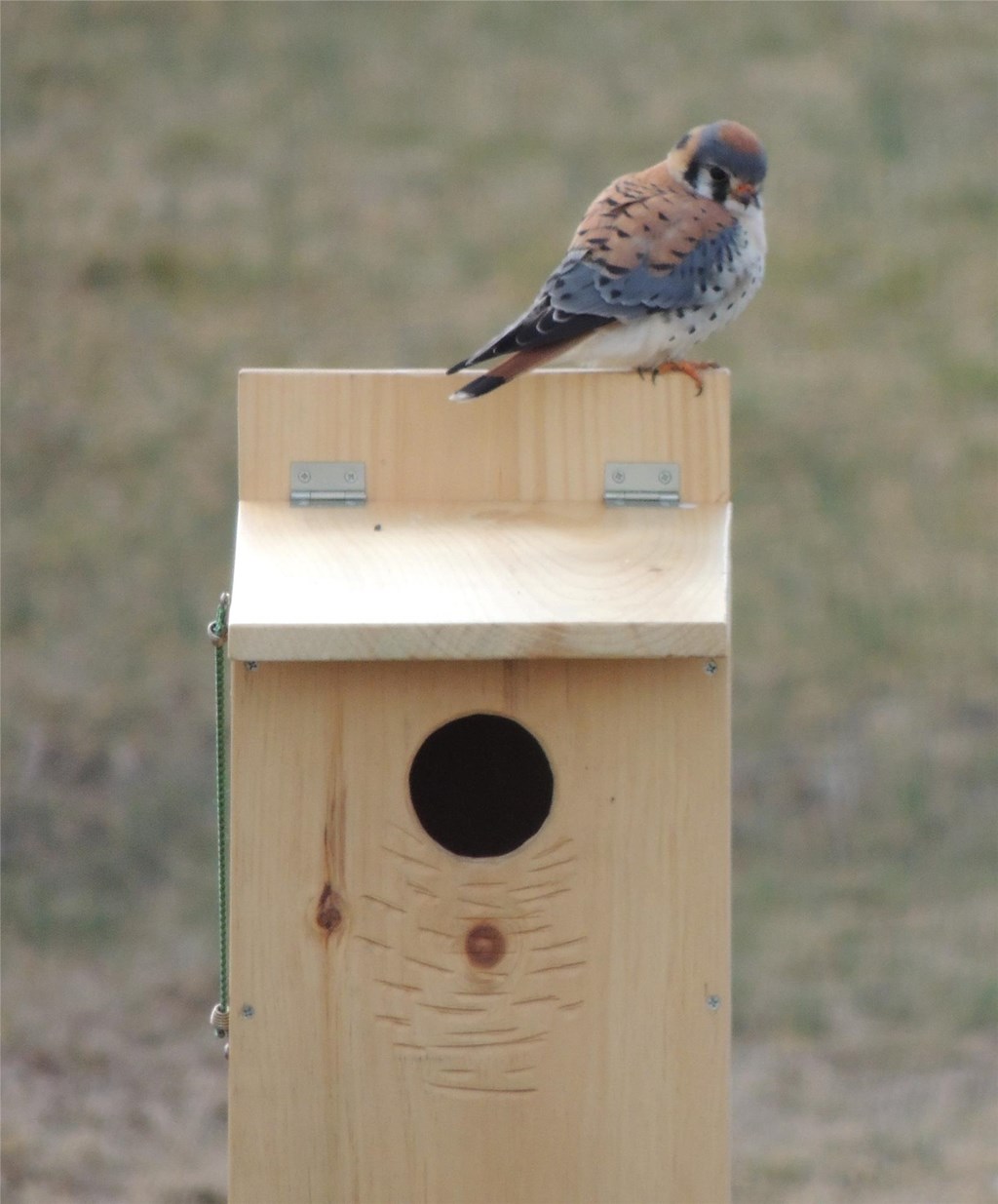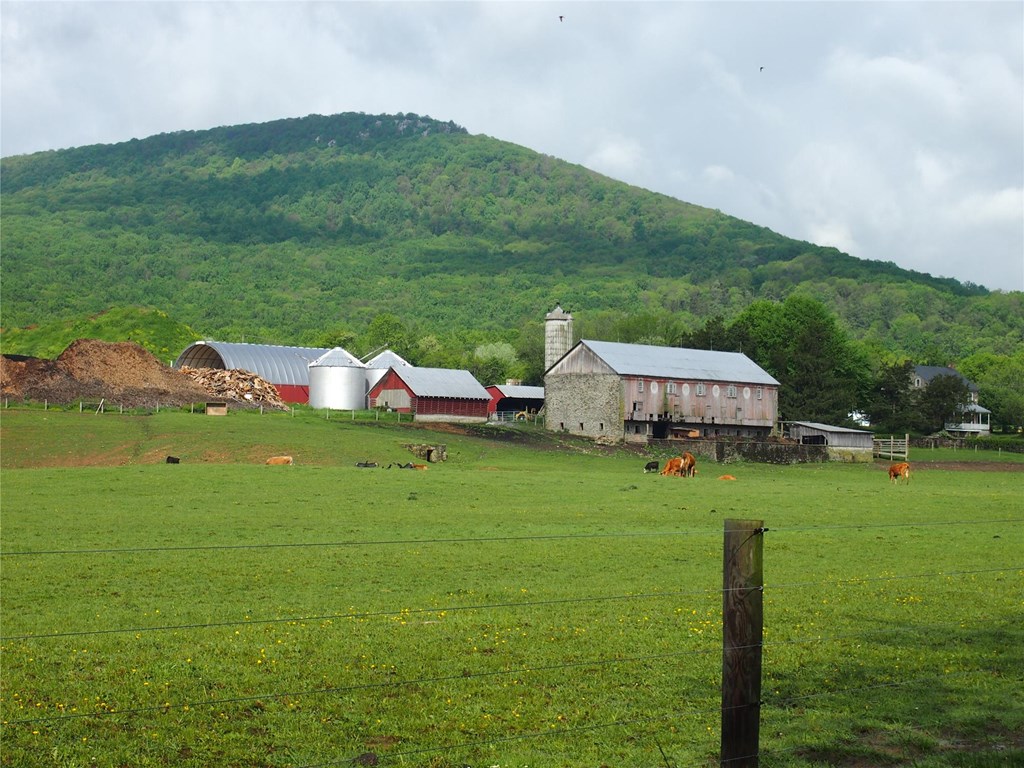Improving Habitat for Raptors

Provide a home for cavity nesters
Both the American Kestrel and Barn Owl are cavity nesters. Cavity nesters use holes or cavities in trees or small spaces in buildings to nest and breed. They also readily will use a man-made nesting box.
A nest box is relatively easy to build and maintain, and makes a fun group or family project, too. Be sure to follow instructions so the size and location suit the species and you should have a nesting pair in no time. Instructions are provided below:
Kestrel Nest Box Instruction Manual
Download
Provide grasslands for ground nesters
Both the Short-eared Owl and the Northern Harrier require undisturbed grasslands to build a safe nest on the ground. Several state and federal programs will provide cash incentives for landowners who make habitat improvements that also will benefit the Short-eared Owl and Northern Harrier.
Cash Incentives for Wildlife Improvement
Several state programs will provide cash incentives to farm owners who set aside a minimum number of acres as grassland to benefit wildlife and to provide hunter access. If interested, please review the materials and contact the appropriate state agencies for more information:
Hunter Access Program
The Hunter Access program, authorized in the 2008 Farm Bill, includes landowner liability protection, free habitat improvements such as tree cutting, shrub and native grass planting, paid grassland delayed use and CREP incentive.
Hunter Access Brochure
Download

Conservation Reserve Enhancement Program (CREP)
Contact: www.creppa.org
Toll-free Phone: 1-800-941-CREP (2737)
The Conservation Reserve Enhancement Program (CREP) is a federally funded program of the United States Department of Agriculture (USDA) that offers farmers the opportunity to improve water quality, reduce soil erosion and increase grassland, wetland and riparian habitat for wildlife. The program is critical to help restore wildlife habitat, particularly that of small game and grassland-nesting birds in Pennsylvania.
Twenty counties within the Chesapeake Bay Watershed (a national priority area for recovery) have been identified for enrollment in the new CREP program. Within these counties there are 22,685 farms comprising 2,970,000 acres of farmland, 2,303,000 acres of which are cropland. Of the acres of cropland, 712,000 are considered highly erodible land which should be idled. The goal of the CREP Program is to enroll at least 100,0000 acres in the program.
Enrollment of 100,000 acres of farmland in Pennsylvania has the potential to greatly benefit eastern cottontail rabbits, and grassland-nesting birds, such as the ring-necked pheasant, northern bobwhite quail, eastern meadowlark, and grasshopper sparrow.
If you would like to support Hawk Mountain's outreach and research efforts of conserving farmland raptors and their habitats, please contact Dr. Laurie Goodrich (570-943-3411 x106, [email protected]) or donate today using the button below.